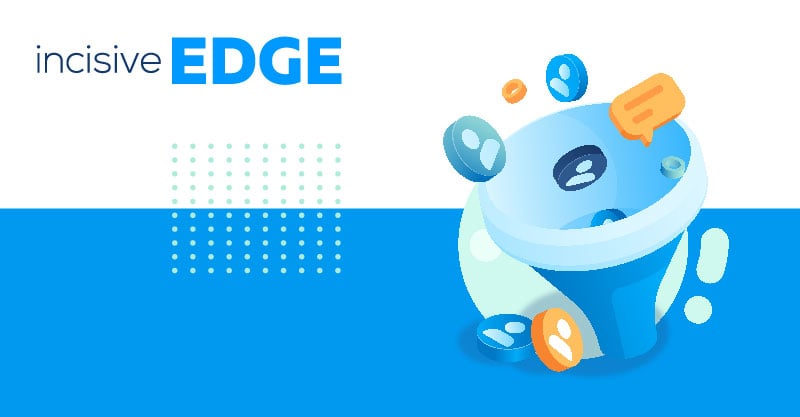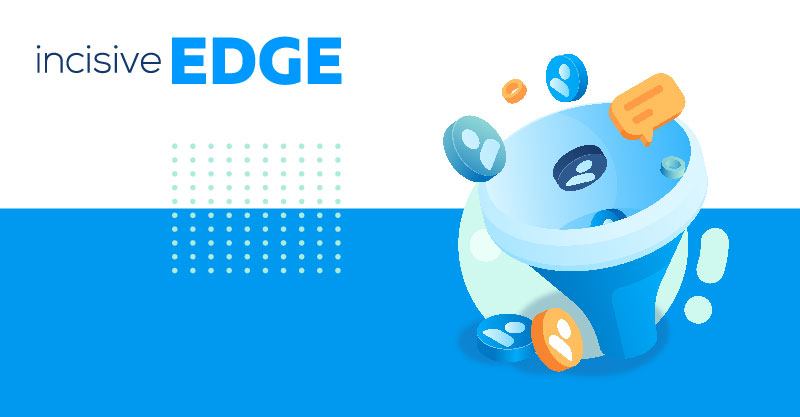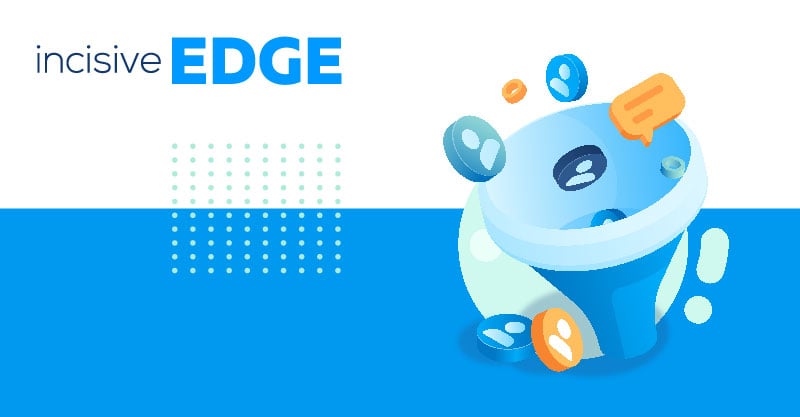We can think of a lead as a potential new customer who hasn’t purchased anything yet. As such, no matter if your organisation offers products or services, some form of lead generation (lead gen for short) is an essential part of your marketing efforts. With an active lead generation programme, your sales team will have many prospects who can potentially buy your products or services and generate revenue.
Why lead generation matters
While many organisations continue to rely on a conventional lead generation campaign to draw prospects into their sales funnel, others are realising the benefits of ABM lead generation – that is lead generation using the principles of account based marketing or ABM.
So, which lead gen path should you follow? The answer is fairly nuanced. In this article, we’ll be looking at how ABM lead generation works, and consider the scenarios in which it’s most applicable.
The course of a traditional lead generation campaign
In the traditional lead gen model, marketing teams first look to attract lots of prospects. The marketing team then aims to nurture as many of them as possible to the bottom of the sales funnel, where these prospects become well-qualified leads that are ready to convert. At this point, they are handed over to the sales team to close the deal. In this lead generation scenario, the sales funnel is like an inverted pyramid.
In order for it to work, marketing teams must cast a wide net at the top. In business to business or B2B lead generation, this means establishing contacts with a broad pool of individual decision makers who might be interested in the solutions your business has to offer. Traditional lead gen marketing teams use content and outreach to guide leads down the funnel, educating them along the way about how their organisation's solutions can meet their particular needs.
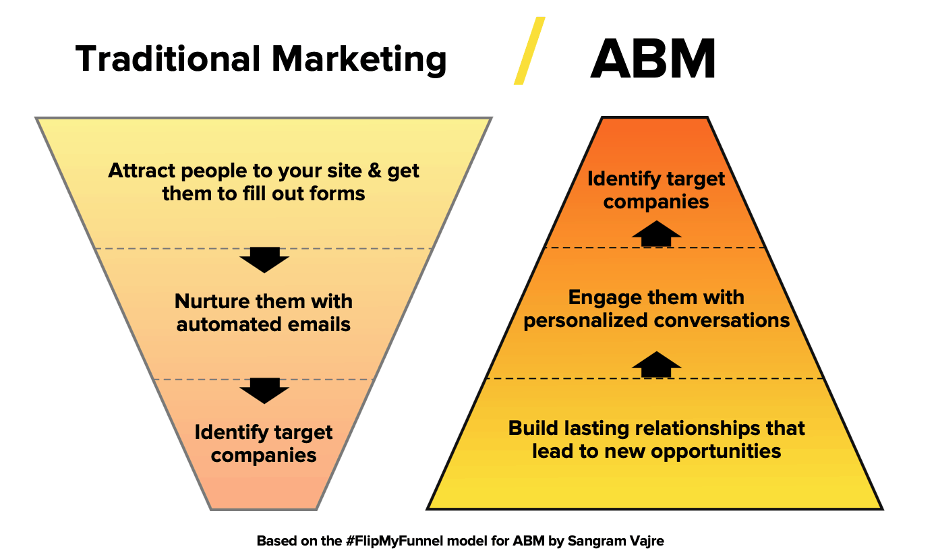
[Image source: Drift]
ABM lead generation
In account based marketing, marketing and sales teams work together to focus their efforts on a carefully selected set of target accounts which are likely customers for an organisation’s products or services. These target accounts are treated as individual markets. The combined team works in alignment to identify target accounts, which are typically high-value businesses that can contribute significantly to the organisation’s revenue stream.
Successful ABM lead generation therefore requires marketing and sales teams to identify key decision makers within the target accounts, and provide them with relevant, personalised content at every stage in their buyer’s journey. As such, ABM lead generation strongly relies on effective data management and the consistent creation of personalised content. ABM teams must decide who they want to target, then research to find out what these key decision makers are most worried about, what they aspire to, and what they need.
ABM teams begin with a carefully selected lead, identify the key decision makers they must influence in these target accounts, and construct a customised campaign around them. An ABM lead gen campaign therefore takes the form of a standard pyramid. The sales funnel expands towards the bottom as ABM teams convert targeted accounts into paying customers, and then work to build lasting relationships with them.
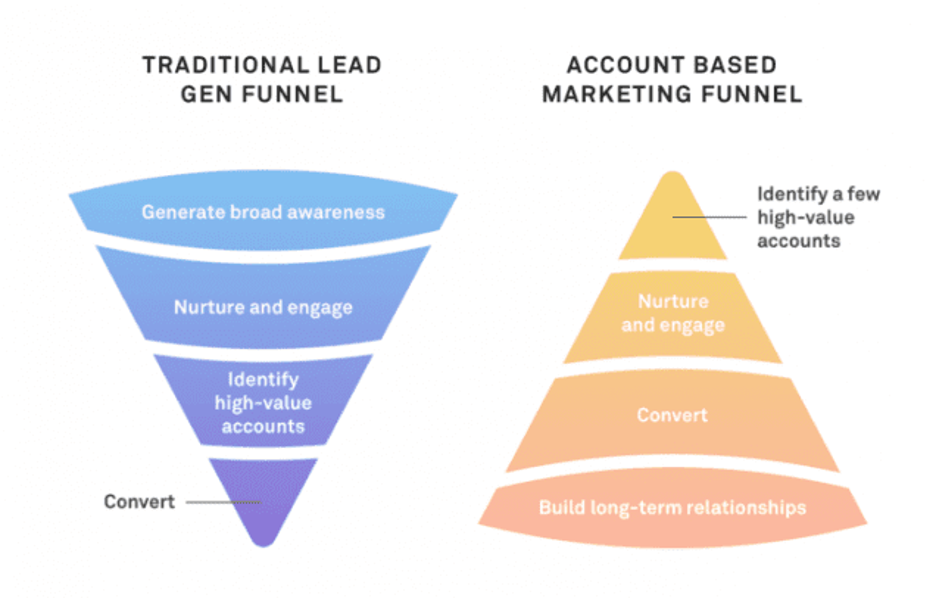
[Image source: GetVoIP]
Account based marketing vs traditional lead generation
Converting prospects into paying consumers, making sales/closing deals, and generating revenue are common goals to both traditional and ABM lead generation. However, there are key differences in the way that ABM and traditional marketing strategies address their lead generation challenges.
In traditional lead gen, marketing teams reach out widely, in hopes of attracting relevant prospects. Lead generation in this case achieves the best results when using organic channels such as blogs, guest posts, and social media. These channels have a wide reach, and are relatively easy for organisations to scale.
In ABM lead generation, sales and marketing teams use more direct channels to personally address individual decision makers within their target accounts. As such, channels such as email, direct messaging, and live events tend to yield better results. Marketing and sales efforts via these channels are more data-reliant and intensive, and generally harder to scale.
Conducting a hybrid lead generation campaign
Lead generation doesn’t have to be an “either/or” proposition. Running a conventional lead generation campaign in tandem with your account based marketing and sales efforts can help your organisation identify fresh leads to incorporate into your ABM sales cycle.
You can repurpose the personalised content that your teams generate for your ABM strategy for wider lead generation purposes. In the same way, content that your marketing team creates for traditional lead generation can be refined and focused for your target ABM audience.
Choosing the right account based marketing strategy
There are some standard criteria for deciding which type of account based marketing strategy is most appropriate for your lead generation needs.
A strategic ABM lead generation approach is most appropriate for highly customised one-to-one marketing to key decision makers in your target accounts. This approach is useful for organisations looking to expand existing customer accounts or to cross-sell products and services for high value accounts.
For landing new deals or upselling to existing clients, an ABM Lite approach is most appropriate. Here, sales and marketing teams can run lightly customised lead generation campaigns for clusters of accounts in similar industries, or with similar challenges and opportunities.
In a broader quest for new prospects, organisations can use programmatic ABM – an account based marketing strategy dependent on ABM tools and marketing automation software. Here, teams can use account based marketing software to tailor messaging and creative content for specific target accounts at scale.
Reducing the complexity of account based marketing and lead generation
Account based marketing tends to be resource-intensive, and requires a significant investment in software and infrastructure to support data management and the ABM marketing and sales process throughout the typically extended B2B sales cycle. One way to offset this burden is by partnering with a specialist marketing agency.
Here at Incisive Edge, we understand that you want to target potential customers who are most likely to bring in the highest revenue. Our ABM campaigns will target, engage, nurture and convert your high value prospects into lifetime customers.
To find out more about how Incisive Edge can assist in your ABM lead generation campaigns, get in touch with us.
